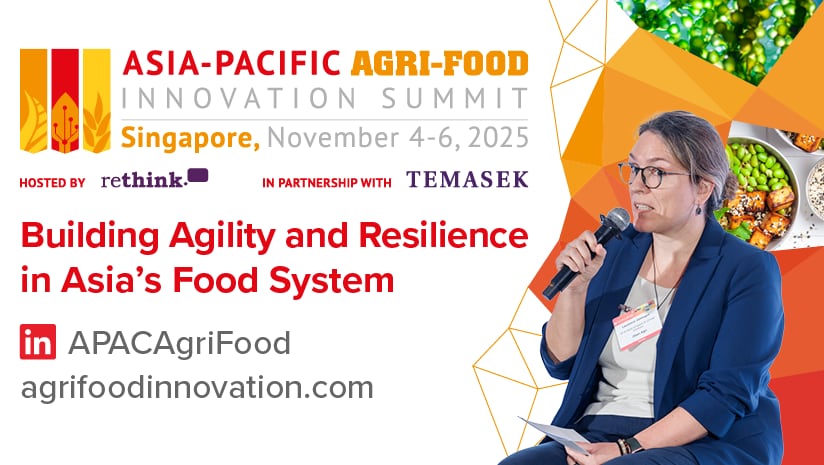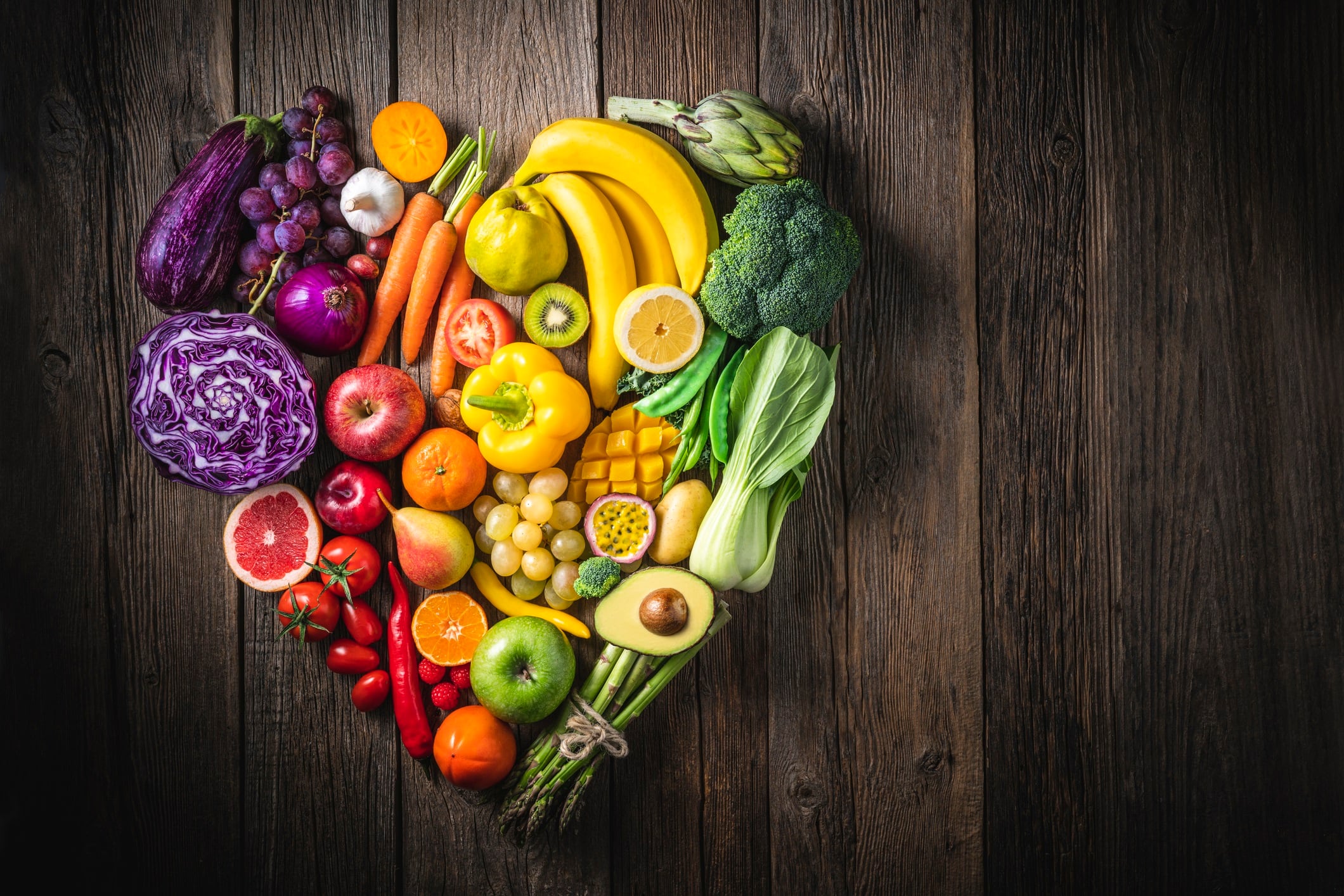The functional foods sector in general has seen something of a meteoric rise globally, accelerated by consumer demands for healthier, value-added products since the pandemic.
Asia in particular has experienced skyrocketing demand for functional ingredients, with innovation in many general food categories from dairy to beverages being significantly influenced by the inclusion of functionality.
Further evidence of this demand has been found in a new Lumina Intelligence report commissioned exclusively for FoodNavigator earlier this year, where Asian markets were identified as being some of the ‘most interested in functional ingredients’ globally.
The new report – dubbed Future Food: How the UPF Debate is Reshaping Consumer Behaviour – focused on 13 global markets and identified the global average of functional ingredient interest to be 83.4%.
Four markets were found to have above-average interest in functional ingredients, all of which are in Asia: China (93.9%), Malaysia (93.6%), India (91,6%) and South Korea (89.6%).
“[These findings indicate that] China, Malaysia, India and South Korea should be seen as key markets to target for functional ingredient firms,” Lumina Intelligence senior insight manager Flora Zwolinski said.
“In fact, the Asian market is ahead with many natural nootropics, mushrooms, adaptogens and seaweed originating in these countries and part of a normal diet, alongside a fast-growing wellness industry.”
From a commercial perspective, the interest is both clear and mature. In China, various functional ingredients already having become part of consumers’ regular purchases – examples include probiotics (45.3% of China consumers buy regularly), collagen (32.1%), prebiotics (28.4%), nootropics (11.6%) and many more.
Want to find out more?
Download Future Food: How the UPF Debate is Reshaping Consumer Behaviour , a new report from Lumina Intelligence, commissioned exclusively for FoodNavigator.
Drawing on a survey of 9,500 consumers across 13 countries, it explores global perceptions of health, ultra-processed foods, and food tech. The findings highlight the key barriers to novel food adoption - and what innovators can do to spark greater consumer appetite.
The countries surveyed include the UK, US, China, Japan, South Korea, France, Germany, Italy, Spain, Australia, India, Malaysia, and Singapore.
“Wellness is clearly influencing consumer purchases in this region – we know that 96.4% of Chinese consumers buy foods with added benefits, followed by 92.2% in Malaysia, 89.4% in India and 86% in South Korea,” she added.
At the core of this pursuit of wellness through foods is the influence of cultural practices in the region, as well as an age-old understanding and acceptance of traditional food ingredients.
“The most cited health goal globally is getting better sleep, with 57.6% of all respondents citing this – the situation is no different in Asia, where demanding work cultures in [markets like] Singapore and Japan leads sleep to be a priority,” the report stated.
“In China and India, the influence of Traditional Chinese Medicine (TCM) and Ayurverdic practices are widespread, [both of which utilise many functional foods and herbs as core ingredients] to focus on strengthening the body’s natural defences.”
Highest novel technology interest found in APAC
Many novel food technologies in the industry today had their roots in western markets like the United States and Europe – but interestingly the highest intent to try food made from these technologies as well as awareness of them is found in the Asia Pacific region.
Novel technologies surveyed:
- Meat alternatives
- Genetically-modified foods (GM foods)
- Cultivated meat
- Mycoprotein
- Precision fermentation
“For meat alternatives, we saw 54% of respondents that were unaware of or had never tried these saying they probably or definitely would not consumer these, largely driven by European countries: Italy, France and Germany,” the report stated.
“Meat alternative brands should de-prioritise these markets, due to low intent and difficulty converting consumers. Comparatively, there is greater intention in Asian markets, especially Malaysia, China and Singapore.”
Similarly, Asia also showed the highest interest in mycoproteins with the highest intention to consume this seen in China, Malaysia and India.
“In addition, markets such as Japan, South Korea and Singapore are [still in-between] with around a third of consumers overall still not sure whether they would try it – there are opportunities here to drive awareness and uptake.”
The report also highlighted different mycoprotein commercial drivers for the region based on consumer interest: Health benefits would likely encourage adoption in Australia, China and Malaysia; whereas environmental benefits should be prioritised in South Korea.
UPF less of a concern in APAC – but this may yet change
When it comes to ultra processed foods (UPFs), this term has been highlighted as having strong negative connotations for consumers – the report data showed over 40% of consumers associating this with ‘foods that are bad for your health’.
That said, the understandings of UPF vary widely both by age and by geography, e.g. European countries, Australia and China tend to view this as foods with long ingredient lists, while Japan and Malaysia mostly view it as fast food or takeaways.
Its definition aside, UPF products currently face their greatest challenge in India and China due to consumers in these markets showing a growing distaste for highly processed products.
“Consumers in India and China are most likely to have changed their views on UPF in the past year, highlighting how it is a fast-growing trend in these nations,” stated the report.
“It should also be noted that consumers are increasingly paying attention to reading ingredient lists, particularly in China (78%), India (76%) and Malaysia (69%) so products with long, complicated ingredient lists are at threat in these markets.”
APAC Agri-Food Innovation Summit 2025

Many more insights on the APAC food industry will be discussed at the upcoming APAC Agri-Food Innovation Summit 2025 in Singapore from November 4 to November 6, 2025 – register here today to join us and learn more!




